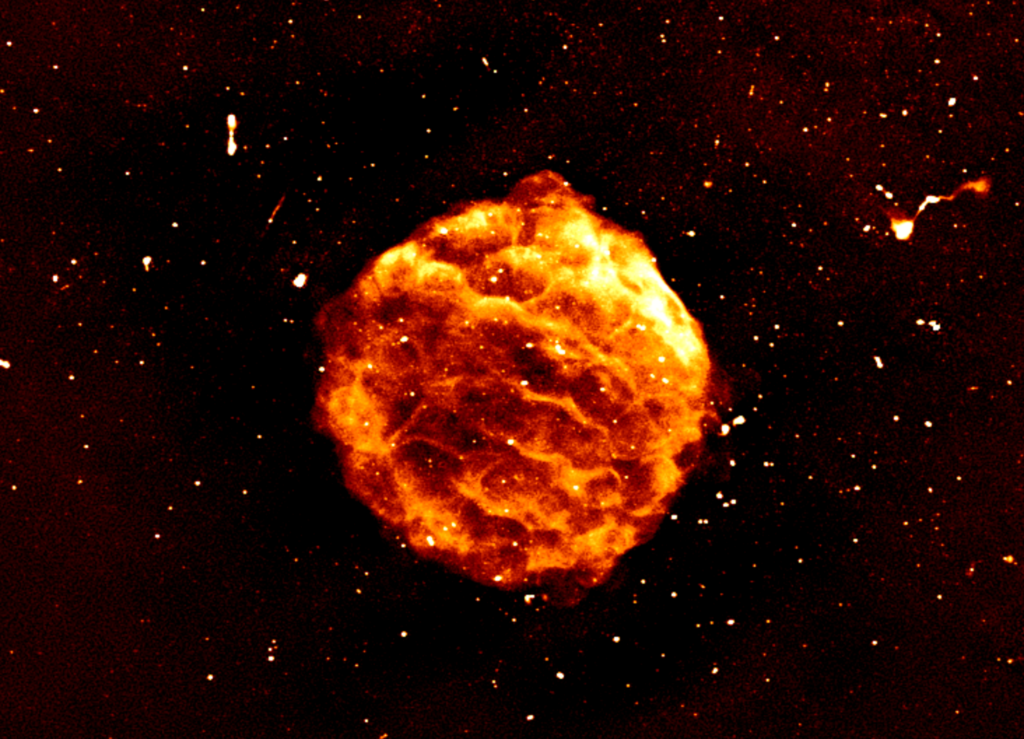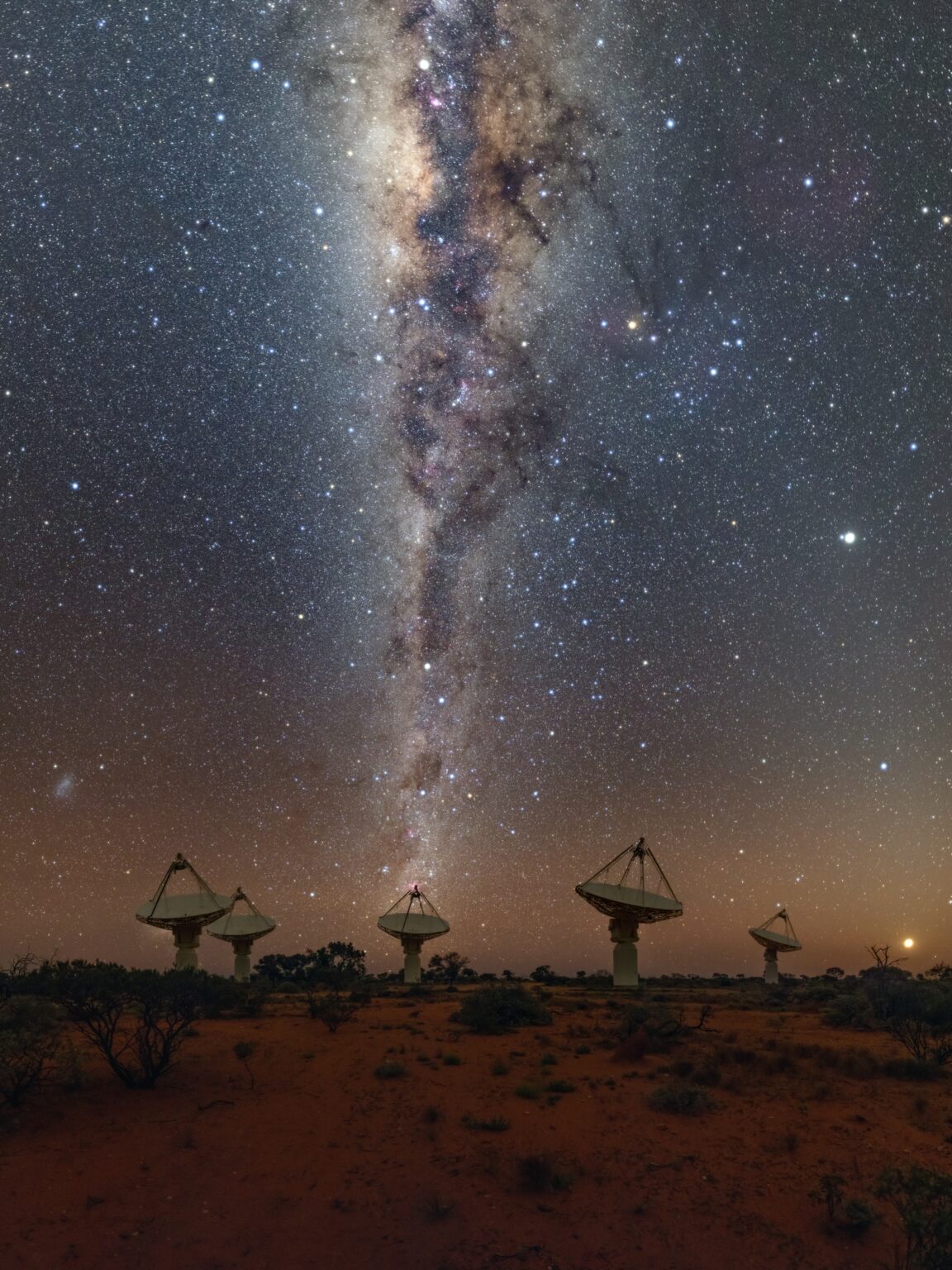The latest Australian supercomputer Setonix helped astronomers create a highly detailed portrait of the remnant of the supernova G261.9+5.5. Its outbreak was observed in the Pleistocene epoch.

In 1967, astronomers discovered a supernova remnant, designated G261.9+5.5. It is located at a distance of 10 to 15 thousand light-years from Earth, its diameter is about 100 light-years. According to astronomers, the supernova outbreak occurred about a million years ago.
In a recent study, Australian scientists conducted a series of observations of G261.9+5.5.. For this, they used the ASKAP complex, consisting of 36 antennas capable of functioning as a single telescope. The data collected during the observations were then transmitted via fiber optic cable to the Posey Research Center for processing on a newly installed Setonix supercomputer.

After 24 hours, Setonix produced a very spectacular portrait of G261.9+5.5, demonstrating the complex structure of the supernova remnant. The radio emission recorded by ASKAP comes from high-energy electrons captured by the interstellar magnetic fields compressed by the shock wave.
It is no coincidence that the researchers chose the remnants of a supernova to test the computer. Processing and visualization of such a complex object requires large amounts of computing power and main memory. In the near future, the staff of the Posey Center plans to significantly increase the capacity of Setonix, which will further accelerate data processing and increase the return on many scientific projects.
You can also take a look at the striking image showing the collision of galaxies.
According to https://www.sciencealert.com
Follow us on Twitter to get the most interesting space news in time
https://twitter.com/ust_magazine
